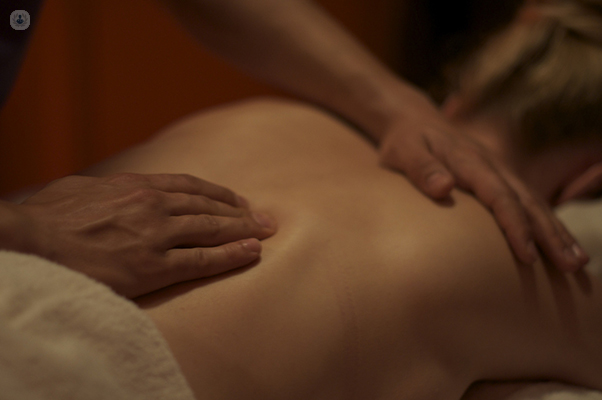


What is gynaecological osteopathy?
Osteopathy is a form of alternative medicine. Its principle is that an individual’s health is closely connected to the bones, muscles, ligaments and connective tissue working together smoothly, and is utilises massage, moving, stretching, and other physical manipulation of the muscle, tissue, and bones to alleviate pain and treat medical conditions.
According to the NHS and NICE, there is some evidence that osteopathy may be of use for treating some musculoskeletal pain and sports injuries, but the general scientific consensus is that there is no real evidence that it is useful for treating the many other health conditions that osteopaths claim it can cure.
Gynaecological osteopathy is the pseudo-scientific practice of using osteopathy to treat problems of the reproductive system, particularly period pain.
Why is it done?
Gynaecological osteopathy is claimed by its proponents to be able to address gynaecological problems, including:
- Period pain
- Problems with menstruation, such as amenorrhoea (absence of menstruation)
- Certain causes of infertility such as malpositions of the pelvis
- Endometriosis
- Dyspareunia (pain during sexual intercourse)
- Pain or pelvic floor problems
- Urinary incontinence
- Uterine Prolapse
- Problems associated with menopause
- Scars due to episiotomy, caesarean sections or other interventions
However, there is a lack of substantial scientific evidence to back up these claims.
What does it consist of?
The objective of gynaecological osteopathy is to alleviate or improve the discomfort of the lower abdominal and pelvic area and the reproductive system. To achieve this, osteopaths perform manoeuvres with their hands, aiming to increase the circulation to tissues and the movement and flexibility of the internal organs.
The procedures are generally painless, but have no proven scientific or medical value, and it is believed that when the treatments appear to work it is due to the placebo effect.
